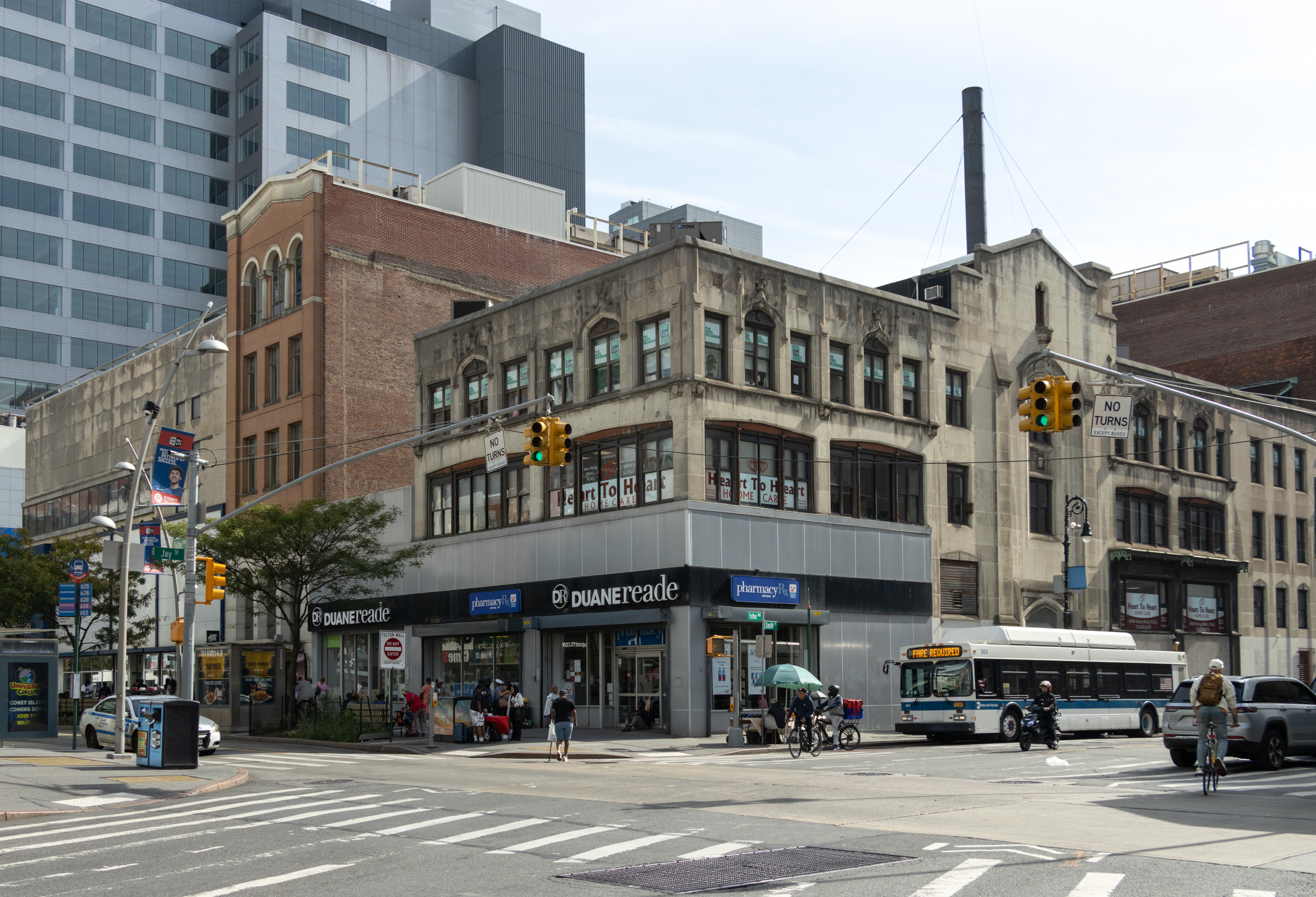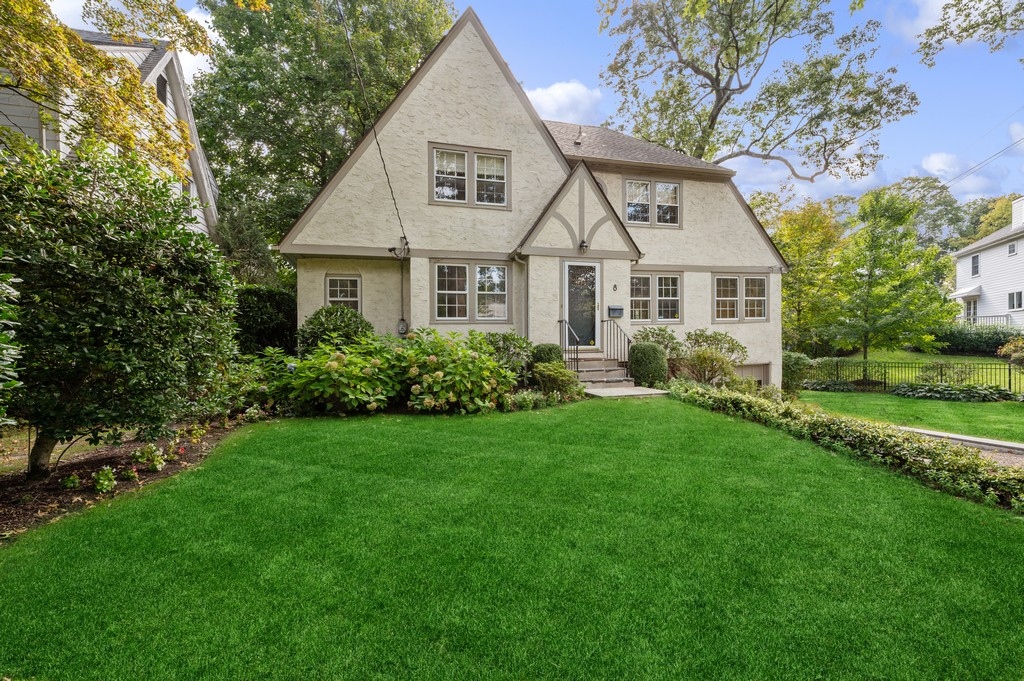What Price Building Regulations? High, High, High
Harvard Economist Edward Glaesar has turned a lot of heads in the academic and urban planning fields for his supply-side focus on the the nation’s housing markets.His close study of the Boston-area supported his theory that demand ran a distant second to the regulation-strangled supply side: After sorting through a mountain of data, Glaeser decided…
Harvard Economist Edward Glaesar has turned a lot of heads in the academic and urban planning fields for his supply-side focus on the the nation’s housing markets.His close study of the Boston-area supported his theory that demand ran a distant second to the regulation-strangled supply side:
After sorting through a mountain of data, Glaeser decided that the housing crisis was man-made. The region’s zoning regulations — which were enacted by locales in the first half of the 20th century to separate residential land from commercial and industrial land and which generally promoted the orderly growth of suburbs — had become so various and complex in the second half of the 20th century that they were limiting growth. Land-use rules of the 1920’s were meant to assure homeowners that their neighbors wouldn’t raise hogs in their backyards, throw up a shack on a sliver of land nearby or build a factory next door, but the zoning rules of the 1970’s and 1980’s were different in nature and effect. Regulations in Glaeser’s new hometown of Weston, for instance, made extremely large lot sizes mandatory in some neighborhoods and placed high environmental hurdles (some reasonable, others not, in Glaeser’s view) in front of developers. Other towns passed ordinances governing sidewalks, street widths, the shape of lots, septic lines and so on — all with the result, in Glaeser’s analysis, of curtailing the supply of housing. The same phenomenon, he says, has inflated prices in metro areas all along the East and West Coasts.
Glaeser notes one particularly fascinating statistic: Over the last thirty years, the average height of new buildings in Manhattan has declined, despite advances in technology.
Home Economics [NY Times]





David –
“but Zoning Laws do have significant practical (governmental) usefulness and to just say we dont need them seems silly”
I guess then I’m silly. IMHO, they do a lot more harm than good. And I think you can see really practical, applied proof here in NYC where they fail hard.
What hazzard is there from pigs?(that people dont bring as well)
JoshK – you are right ‘community input’ is generally code-word for never gona happen – but Zoning Laws do have significant practical (governmental) usefulness and to just say we dont need them seems silly.
I know how the people can be irritating. Imagine restricting hours of construction, insisting on health and safety regs. It all started back 130 or so years ago. Damned populace passed laws insisting on light and air in residential building,,,then next it was indoor plumbing. They’ll never stop unless we beat them down.
No it’s not right to protect that person. Living next door to a pig farm is hazardous to one’s health; living next door to a building that’s a little too tall for the neighborhood has no physical effects.
But just like people (rightly) didnt want to live next to a pig farmer in 1920’s is it wrong to protect a 3 story rowhouse owner in a neighborhood of rowhouses from a 65 story apartment tower from being built next door?
and is the Govt wrong for trying to manage its infrastructure (subways, roads, schoold, fire, police, etc…)to insist on certain development in certain locations??
No question some of the zoning rules are silly and/or designed to protect special interests – but in NYC it seems to me that other hinderances such as complex land use reviews, enviromental impact statments, frivolous litigation, etc…. are a far bigger hinderance to development than zoning
policies forbidding, for example, high rises in Park Slope exchange ‘quality of life’ for a greater supply of low income housing
excellent news! by restricting the supply, we’re reducing prices. yippee! the law of supply and demand has been repealed.
i had read somewhere that there’s a certain building height that is the most economical to build and to maintain. That very, very tall buildings (like the ESB and the Twin Towers) require more complex and expensive technology. I don’t know. Something that sounded like it made sense. Maybe I heard it during the Time Warner Center construction.
I say that is amazing statistic that average height of new bldgs in Manhattan has declined from 30 years ago. Since article is talking housing am assuming means only apt. bldgs.
Sounds a bit dubious. Wonder what the statistics are – his methodology.
Little construction 30 years ago – so only small orig. sample? Only new res. bdlgs 30 yrs ago done in midtown/UES where all were very tall – and currently there are new bldgs going up in LES and Harlem where not extreme high-rise? Has to be more expanation for that stat.
It’s not really news that policies forbidding, for example, high rises in Park Slope exchange ‘quality of life’ for a greater supply of low income housing. Granted much of zoning is simply a way of protecting property values but I imagine there is also a fairly wide agreement on this website, at least, that we don’t want all of New York City to become the Upper East Side.
But the DCP under Bloomberg seems to be responsive these competing values by opening up development on 4th Avenue, the Greenpoint Williamsburg waterfront, and even the Atlantic Yards.